Greene seniors get the 411 on 911
GREENE – Everyone should know how to call, when to call and when not to call 911, according to Chenango County Public Safety Dispatcher Daron Schultes.
On Monday, just as National Public Safety Telecommunicators Week kicked off, Schultes talked to seniors at the Brightman Senior Center in Greene about these important topics. It’s all part of the Chenango County Communication Center’s ongoing outreach efforts. Their goal is to educate people – particularly young children and older adults – about 911.
“A lot of people don’t realize what we do on this side of the phone,” Schultes said.
Through the outreach program, he strives to help people better understand the role he and his fellow dispatchers play and why the information they gather during a call is important.
“We’ve already seen a difference,” he said.
Schultes began his presentation by putting a face to the 911 center, showing pictures of the dispatchers which staff it 24 hours a day, 365 days a year. He also displayed pictures of the cramped quarters they occupied in the old Sheriff’s Office before they moved to their present digs at the Chenango County Public Safety Building in 2006.
“The bathroom is the same size as our old center,” he explained, eliciting chuckles from the crowd.

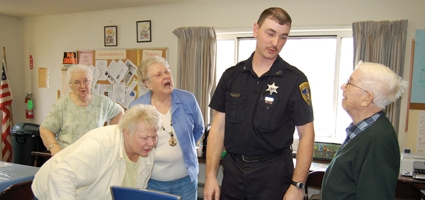

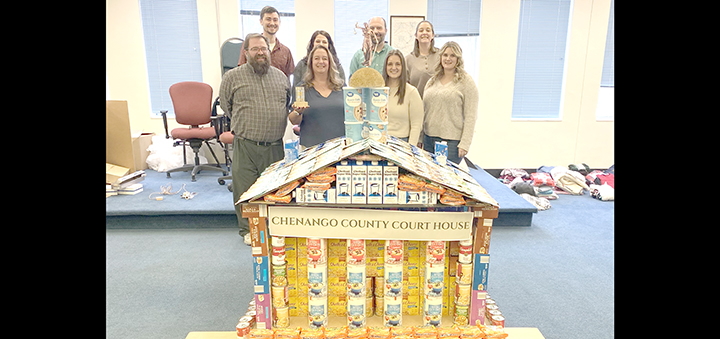
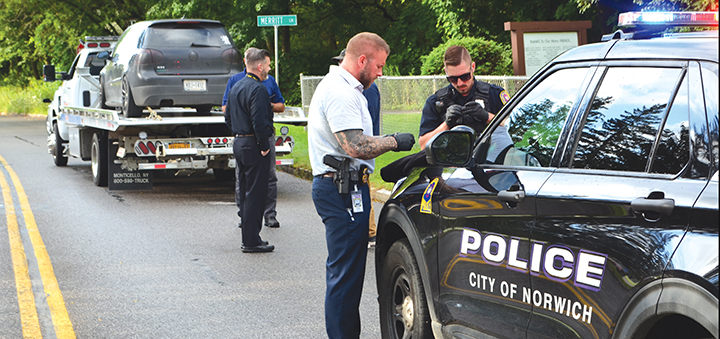
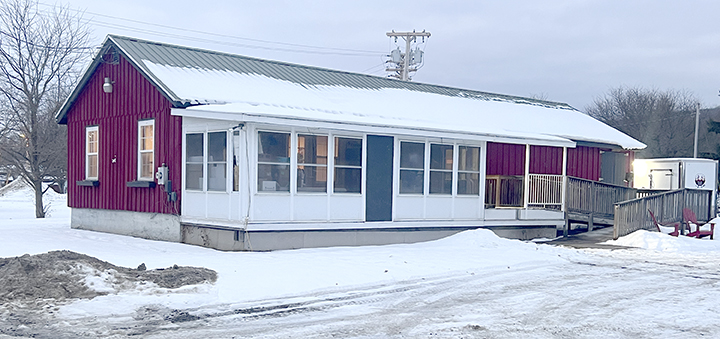
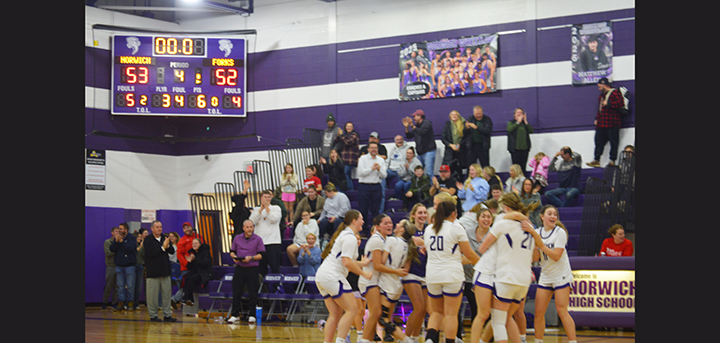
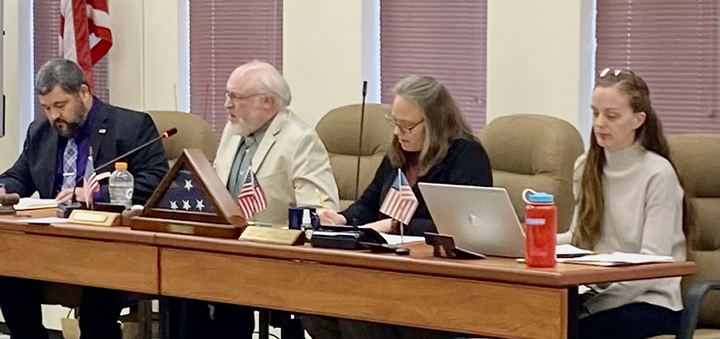
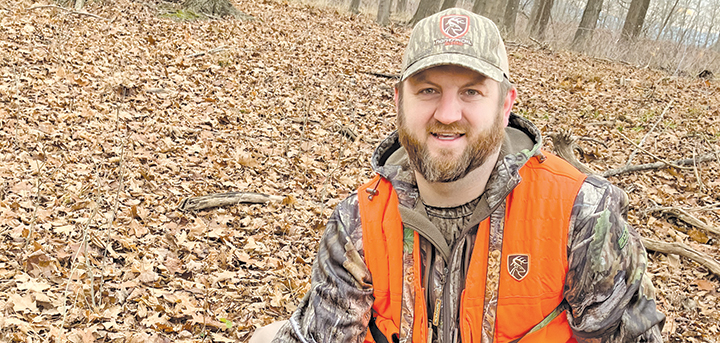


Comments